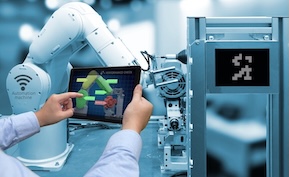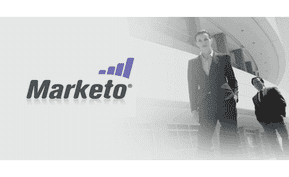Compliance (CaaS)
Continuous Control Monitoring and Real-Time Dashboards: The New Standard for Compliance Visibility

Summary: Traditional compliance checks are periodic—quarterly audits, annual reviews, and occasional risk assessments. But in today’s fast-moving regulatory landscape, delayed insights can mean missed violations, costly fines, and reputational damage. Continuous Control Monitoring (CCM) and real-time dashboards are transforming compliance into a proactive, always-on discipline.
Why periodic compliance checks fall short
Most organizations still operate on batch-based compliance assessments. This creates blind spots where risks can develop unnoticed. Challenges include:
- Lag time: Weeks or months between checks allow risks to escalate.
- Data silos: Financial, HR, and IT systems often lack unified compliance visibility.
- Reactive posture: Issues are identified after the fact, leaving organizations vulnerable.
- Audit fatigue: Compliance teams waste time preparing snapshots instead of maintaining oversight.
What is Continuous Control Monitoring?
CCM uses automation and AI to test, track, and enforce compliance controls on an ongoing basis. Instead of waiting for audits, CCM continuously scans:
- Access controls in financial and IT systems
- Transaction records for anomalies or fraud indicators
- Vendor compliance certifications
- Policy adherence across employee behavior
This creates a living compliance environment rather than a static checklist.
The role of real-time dashboards
CCM is most effective when paired with real-time dashboards that provide compliance teams and executives with instant visibility. These dashboards typically include:
- Risk heatmaps: Highlighting high-risk areas across business units.
- Control status indicators: Showing which controls are passing or failing.
- Automated alerts: Notifying teams when thresholds are breached.
- Drill-down capabilities: Allowing teams to trace issues to the transaction or user level.
Benefits of continuous monitoring
- Proactive risk management: Identify issues before they become violations.
- Audit readiness: Maintain a compliance trail that’s always up-to-date.
- Operational efficiency: Reduce the manual workload of compliance teams.
- Executive confidence: Provide leadership with real-time assurance of compliance health.
Challenges to adoption
Despite the clear benefits, implementing CCM isn’t without obstacles:
- Integration complexity: Pulling data from multiple systems requires careful planning.
- Alert fatigue: Too many automated alerts can overwhelm compliance staff.
- Change management: Shifting from periodic audits to continuous monitoring requires cultural adjustment.
- Cost: Investing in CCM technology and training can be significant upfront.
Best practices for implementing CCM
- Start with critical controls: Prioritize areas with the highest regulatory or financial impact.
- Customize alerts: Tune thresholds to avoid unnecessary noise.
- Integrate across systems: Connect ERP, HR, CRM, and IT systems for full visibility.
- Communicate value: Share dashboard insights with executives to build buy-in.
Conclusion
Continuous Control Monitoring and real-time dashboards are quickly becoming the new standard for compliance. By providing constant oversight, they empower organizations to stay proactive, audit-ready, and confident in their ability to meet regulatory obligations. Compliance is no longer about periodic checks—it’s about continuous assurance.






